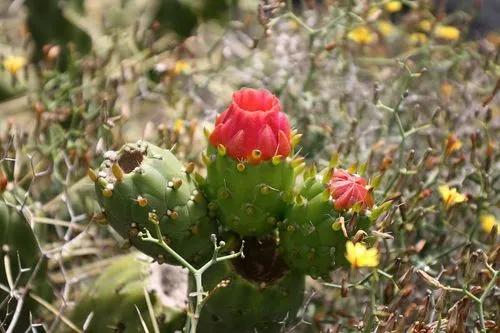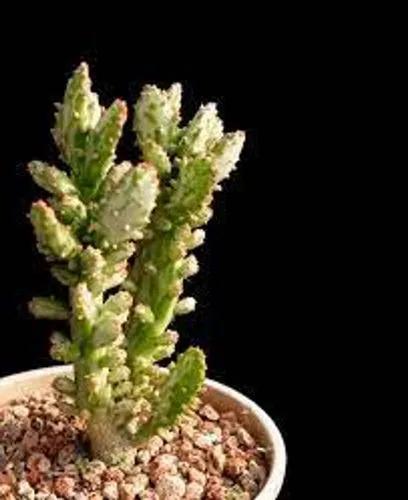The Housetree leek plant is a sub-tropical succulent species that's primarily grown outdoors. However, being native to the sub-tropics enables the Aeonium arboreum to grow indoors.
Housetree Leek Care
Tree Houseleeks
Other names: The Tree Aeonium, Tree Houseleek, Irish Rose, Housetree Leek, Houseleek Tree, Tree Aeonium



Native to the delightful volcanic archipelago Canary Islands, the Houseleek tree within its natural habitat enjoys growing within hillsides and well balanced temperatures of this part of the world. There are other varieties with slight differences including the var. Artopurpureum (burgundy leaves) and var. Zwartkop/Schwarzkopf (much darker leaves).
How to Care for the Plant

Water

During spring and summer provide a good watering when the topsoil of the pot has started drying, to the touch. During winter cut down the water supply and allow longer periods of the top soil to dry out.

Pruning

Trim out dead and damaged leaves any time, pinching off or cutting off each of those leaves at its base. Avoid cutting into a plant's main stems or its crown, which is where its leaves and roots meet.

Fertilizer

Feed a plant with a liquid fertilizer designed for flowering plants

Sunlight

They prefer a filtered morning sun and afternoon shade.

Soil

Prefer fertile soil, preferably loose and loamy with adequate drainage.

Propagation

Many kinds of Aeonium do not clump as freely as more familiar succulents, which partially explains why they are less common in the trade (propagation is somewhat harder). However, they do root readily from leaf cuttings. Take a single leaf, allow it to dry out slightly, then place it in a seedling potting soil and keep barely moist and warm. New growth will eventually emergy. In some varieties, it's only possible to propagate from seed; this is more typical of the plants that do not branch but grow only single rosettes.
These will not need frequent repotting. They are usually weakly rooted, so when you're repotting, be careful not to damage the roots or fragile leaves. Repot in the beginning of the growing season and keep in a warm, bright place until new growth begins to emerge.

Temperature

Temperatures averaging 70°F/21°C - 85°F/29.4°C. Avoid below 50°F/10°C. During summer this species will appreciate being taken outside and then brought back in when colder weather sets in.

Container

Ceramic pots are the most popular type of containers for houseplants today. You'll find them in all kinds of styles, colors, and sizes. At one time, the clay pot was the most common container for indoor plants. When choosing a pot, choose a pot that is 2.5-5 cm (1-2”) larger than the current size.

Fun fact

This pretty plant is endemic to the Canary Islands of Tenerife, La Palma, El Hierro, La Gomera, and Gran Canaria.

Popularity

27,854 people already have this plant 3,808 people have added this plant to their wishlists
Discover more plants with the list below
Popular articles






